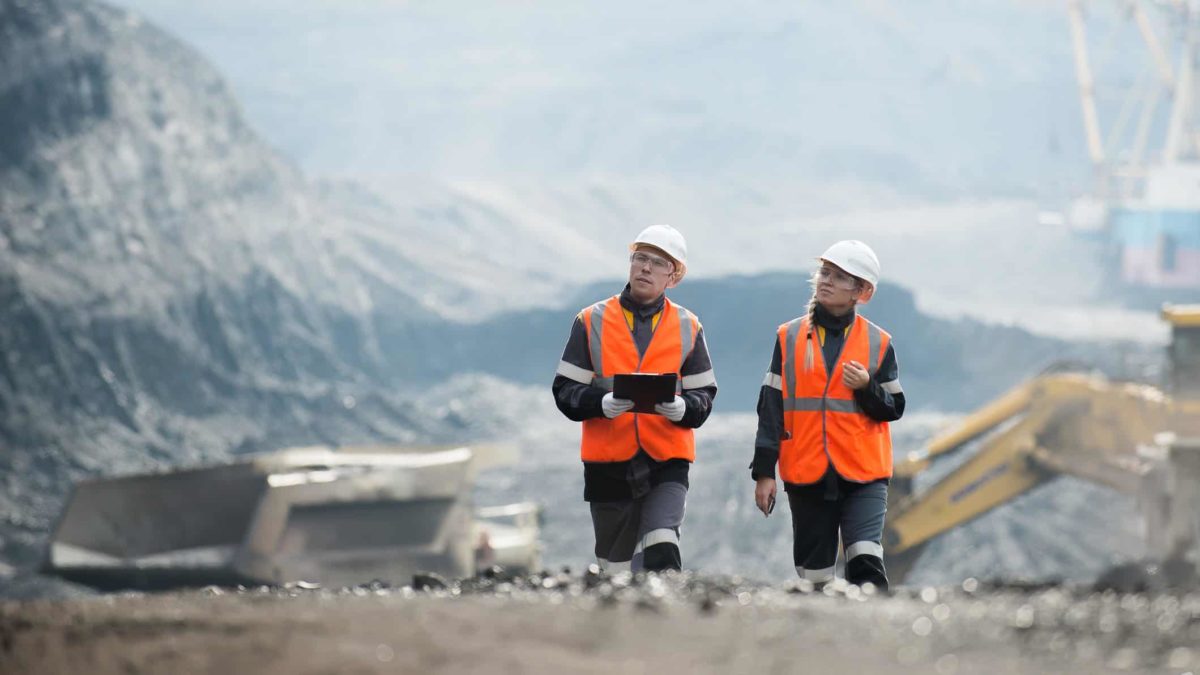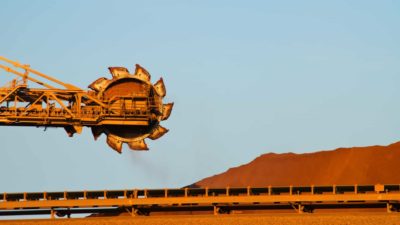The BHP Group Ltd (ASX: BHP) share price has seen volatility in the last couple of months, though it is up approximately 10% in that time, as shown on the chart below.
With such big moves for Australia's biggest ASX mining share, investors may be wondering if this is the right time to invest or if the easy gains have been made.
It's true that the ASX iron ore share is not as cheap as it was. But is it good value today?
It's difficult to predict the future of any particular business, especially a commodity company like BHP. All we can do is assess the situation and then decide whether or not the miner is good value.
What are the pros of owning BHP shares right now?
I'd put the recent rise of the mining giant down to one key factor. Investors got excited about Chinese economic stimulus to try to boost the economy.
China announced several measures to help, including reducing the amount of money Chinese banks have to hold in reserve (and unlocking funds for lending) and cutting the interest rate for mortgage holders.
The hope for BHP shares is that this stimulus will help the economy and boost demand in industries like construction and manufacturing (in areas like vehicle production).
This has already helped the iron ore price, sending it above US$110 per tonne, and I think it could help copper demand, which is another commodity that BHP has been focused on growing its exposure to. For example, it recently made another copper investment of approximately US$2.1 billion, which was a South American transaction.
According to BHP on its website, the ASX mining share believes that copper demand will grow by an average of 2.6% per year to 2035 because of three key areas: 'traditional' economic growth, the energy transition, and digitalisation (primarily data centres).
Copper is a key commodity for moving electricity from the source of generation to households, data centres, and other buildings.
Total global copper demand could grow by around 70% to over 50 million tonnes per year by 2050. BHP thinks the pipeline of potential projects is "less healthy" than in previous cycles, with both brownfield and greenfield projects expected to face "cost and stakeholder challenges".
The company's dividend is normally a positive too, though the next few years of dividends may not be as large as the COVID years, depending on what happens with commodity prices.
Negatives to consider about the ASX mining share
According to Commsec, BHP is predicted to pay a grossed-up (with franking credits) dividend yield of 6.3% in FY25 and 5.7% in FY26 at the current share price. In other words, the ASX mining share's dividend per share is expected to reduce over the next couple of years.
While the iron ore price did jump to US$110 per tonne, Trading Economics estimates that it could fall to US$87 within 12 months, according to its global macro models and analyst expectations. If that happened, the BHP share price could fall.
Also, I tend to advocate for investing in ASX mining shares with a contrarian attitude. Commodity prices move up and down as supply and demand changes. This is largely why the share prices of resource businesses can move significantly over the months and years – profitability changes.
With that in mind, I think it makes sense to invest when the commodity price is weak. The higher the resource price, the higher the BHP share price usually goes. Higher prices make it seem less compelling to me to invest because there is probably less potential upside – the resource price is probably only going to rise to a particular level.
A few weeks ago, I suggested investors look at ASX iron ore shares, but I don't think BHP shares are a great buying opportunity today. I'd wait for the BHP share price to be under $40 again amid the current conditions.









